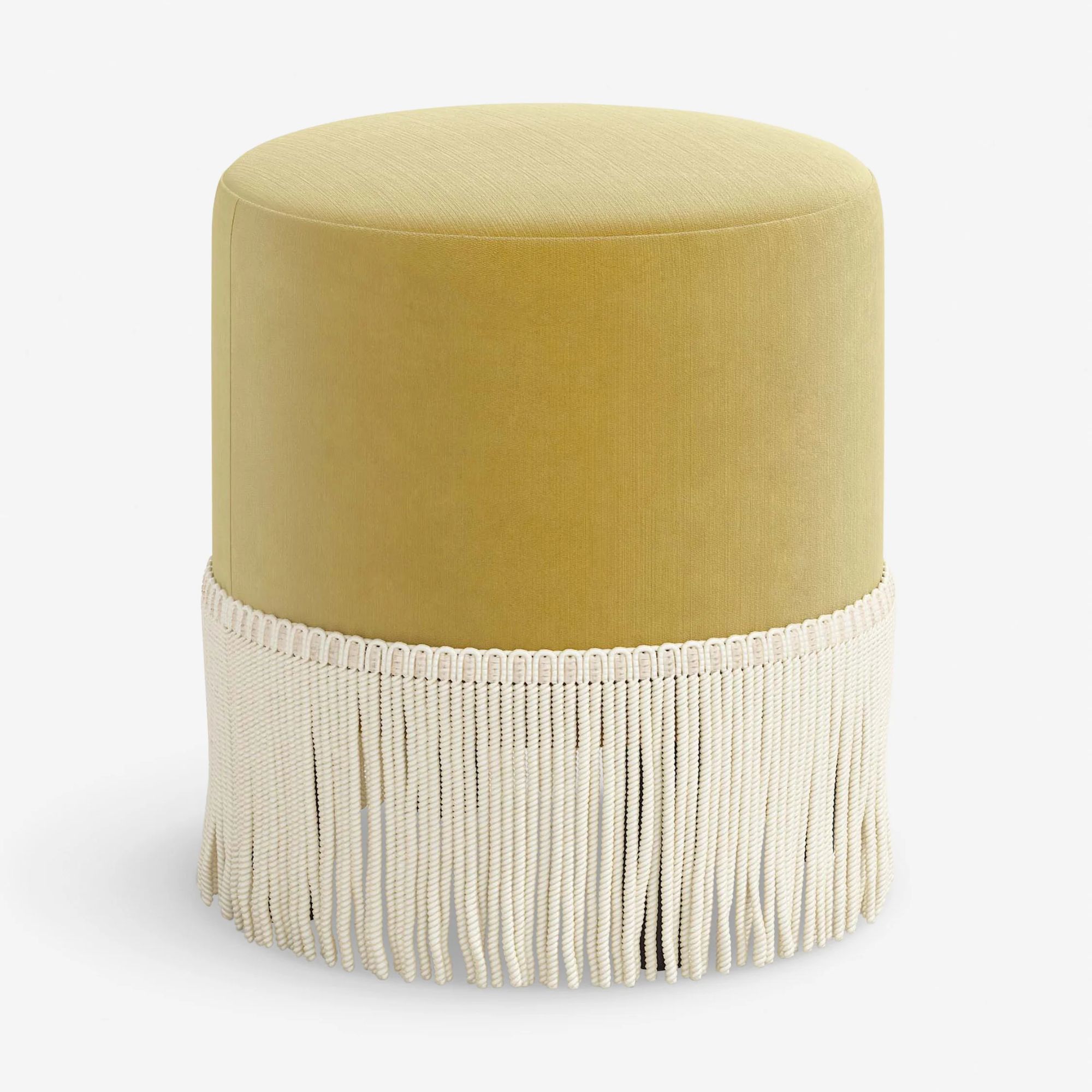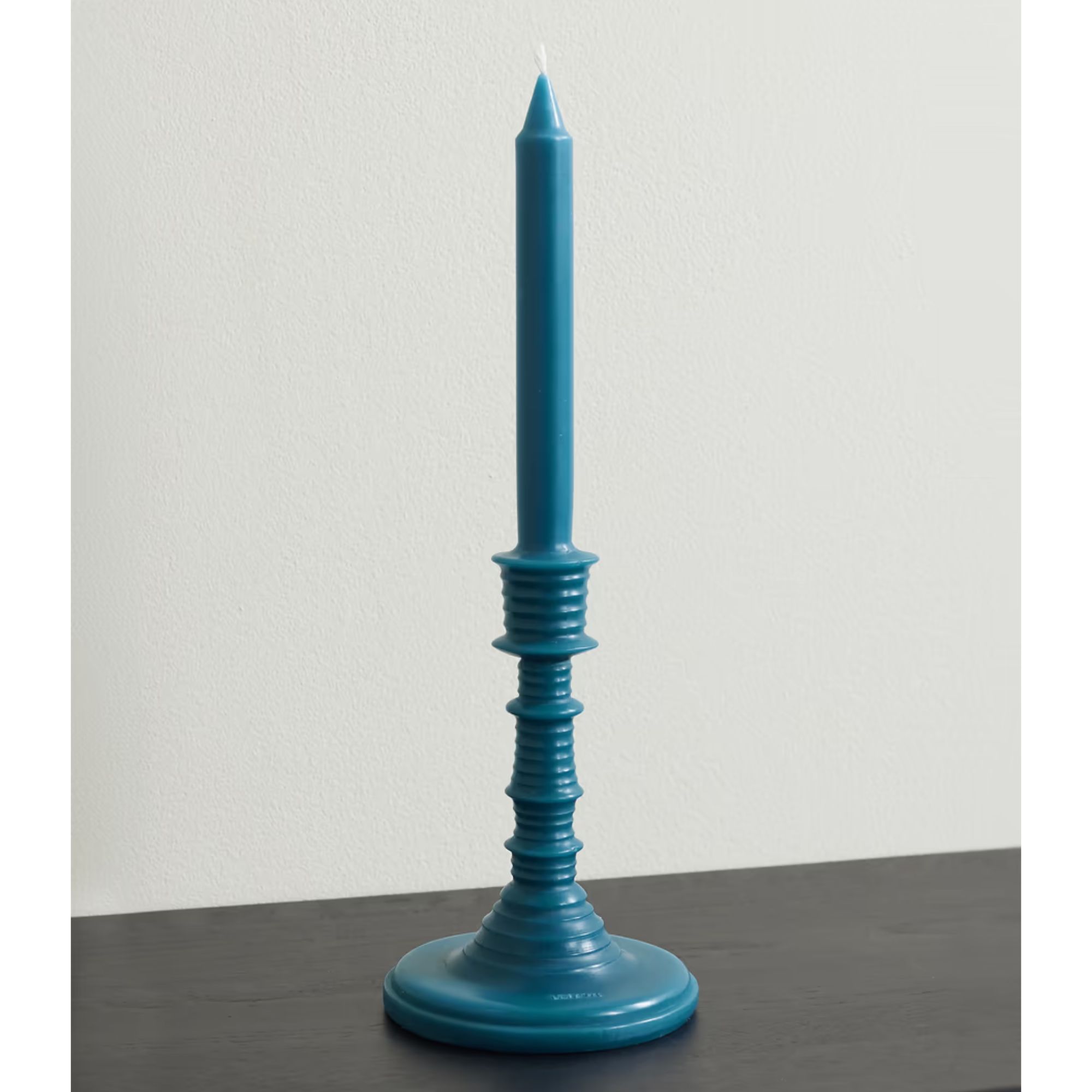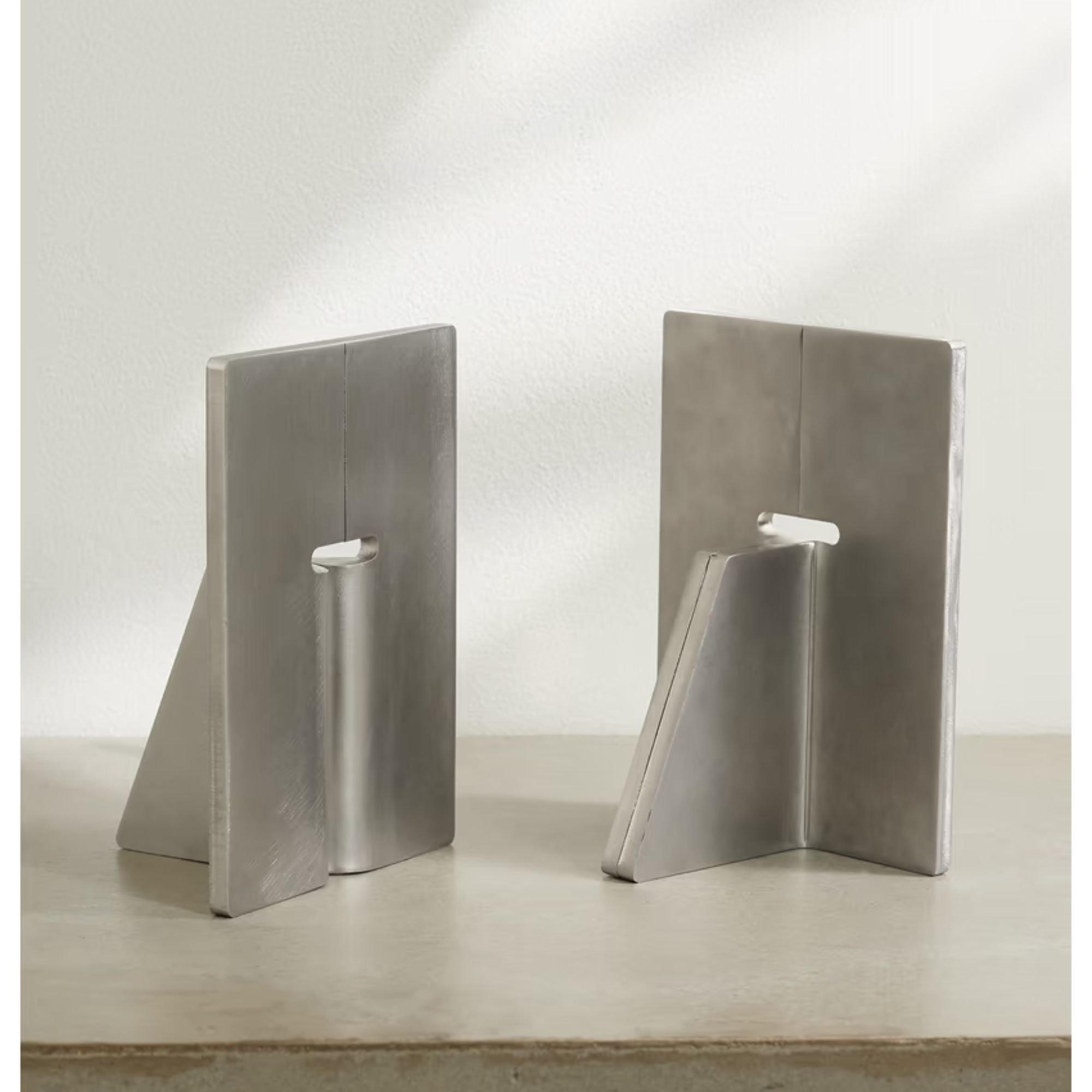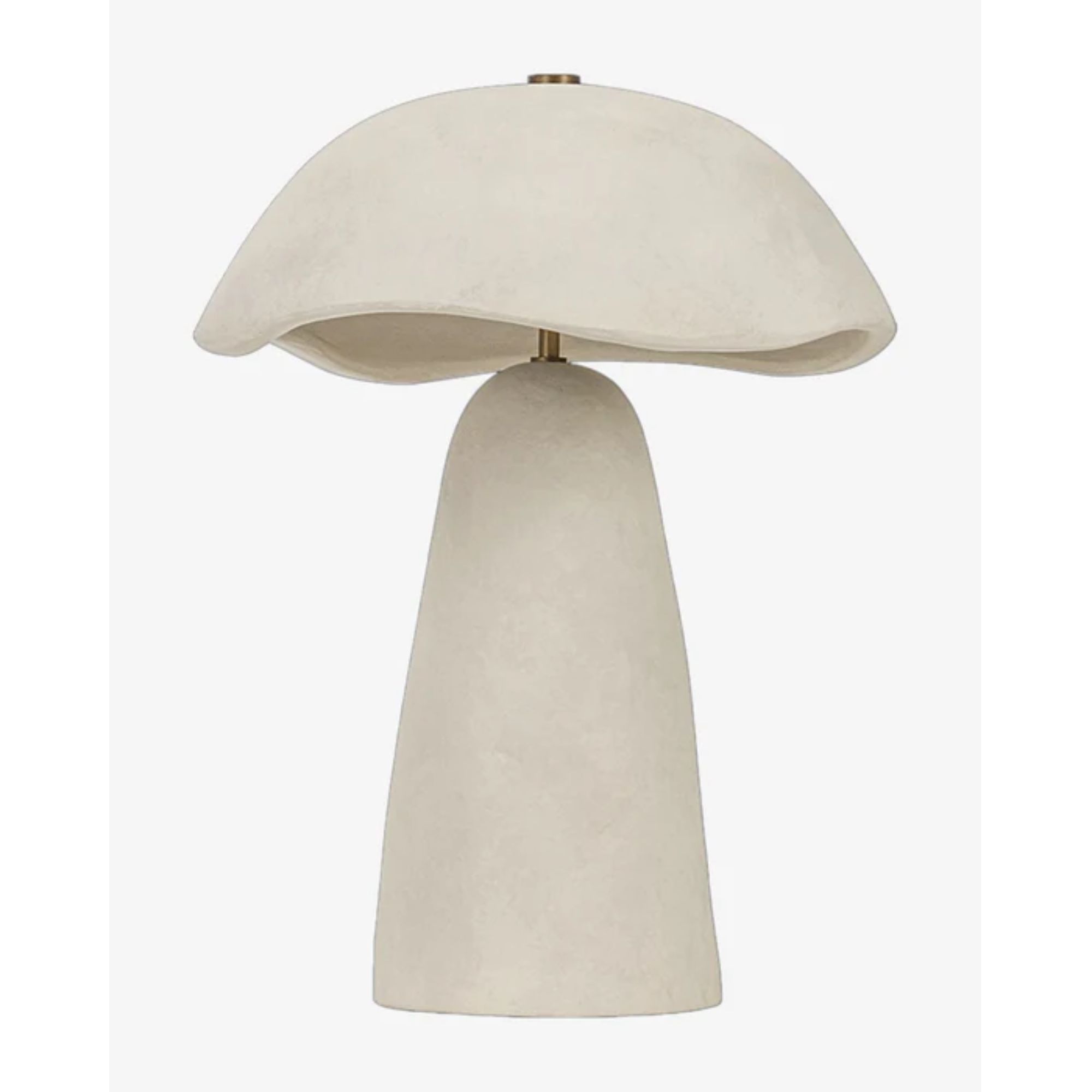Contrast is the key to creating a truly unique space – here's how interior designers advise you to use it at home
We're talking opposites attract with different textures, colors, materials, and vibes
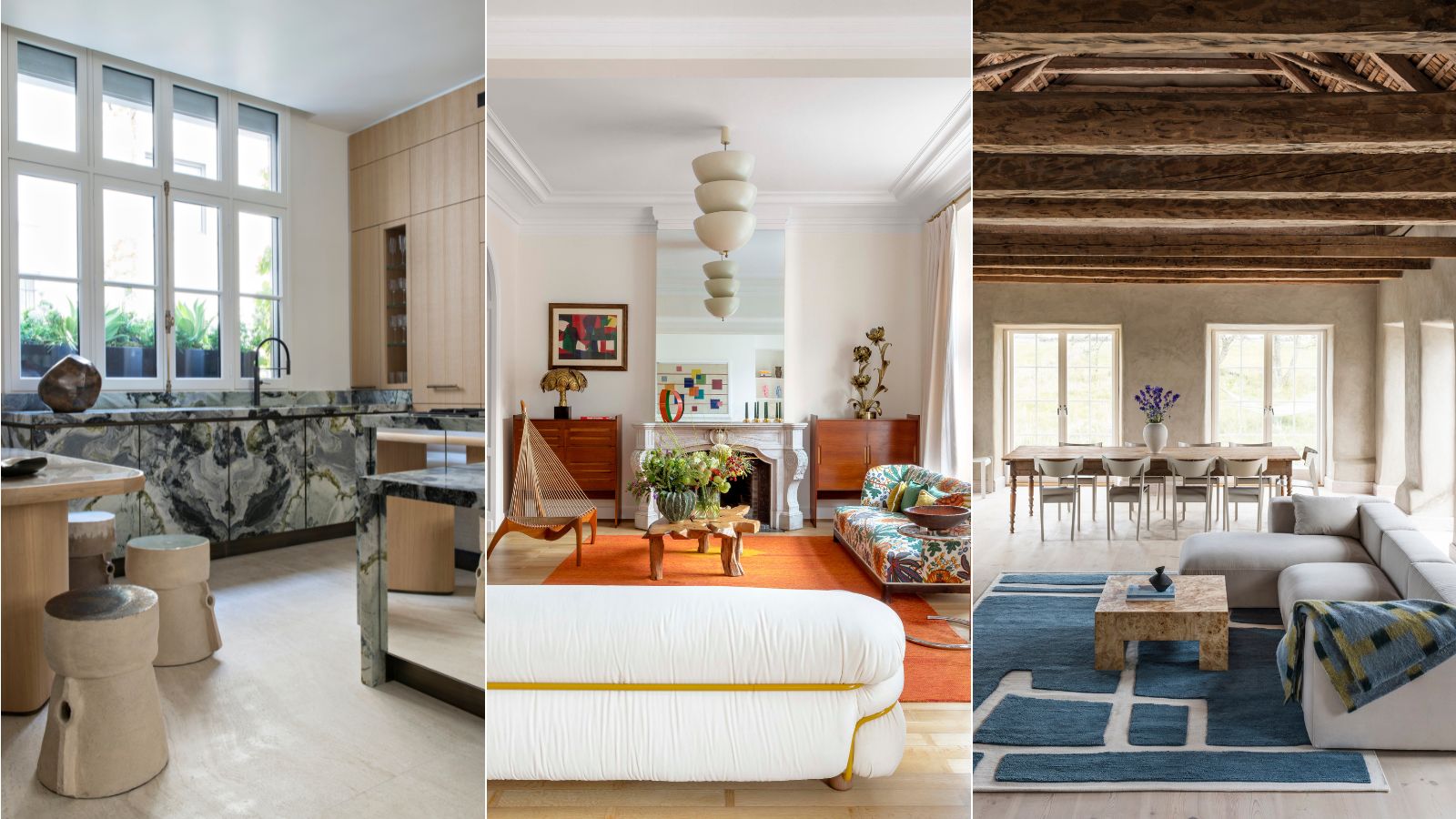

Through the mismatch of different colors, textures, shapes, styles, and vibes; contrast is a rather underrated tool in any homeowner's arsenal. With its ability to enhance focal points, define zones, and infuse drama, introducing some contrast to your rooms can easily make your spaces feel like they were professionally designed.
It's the interior equivalent of 'toughening' up a sundress with sneakers or an oversized jacket. All blue bedroom? Add a pop of red. Traditional country kitchen? Try some chrome accessories. Contrast in interior design focuses on pairing two (or more!) elements with clashing or unexpected interior design styles in a space and allowing them to harmonize. Think: opposites attract.
Mastering the art of working with contrast like an expert can be hard to get right, however. Here, we speak to interior designers to elicit their top tips on working with contrast in your home, and why it makes for such a unique space.
How To Use Contrast In Interior Design
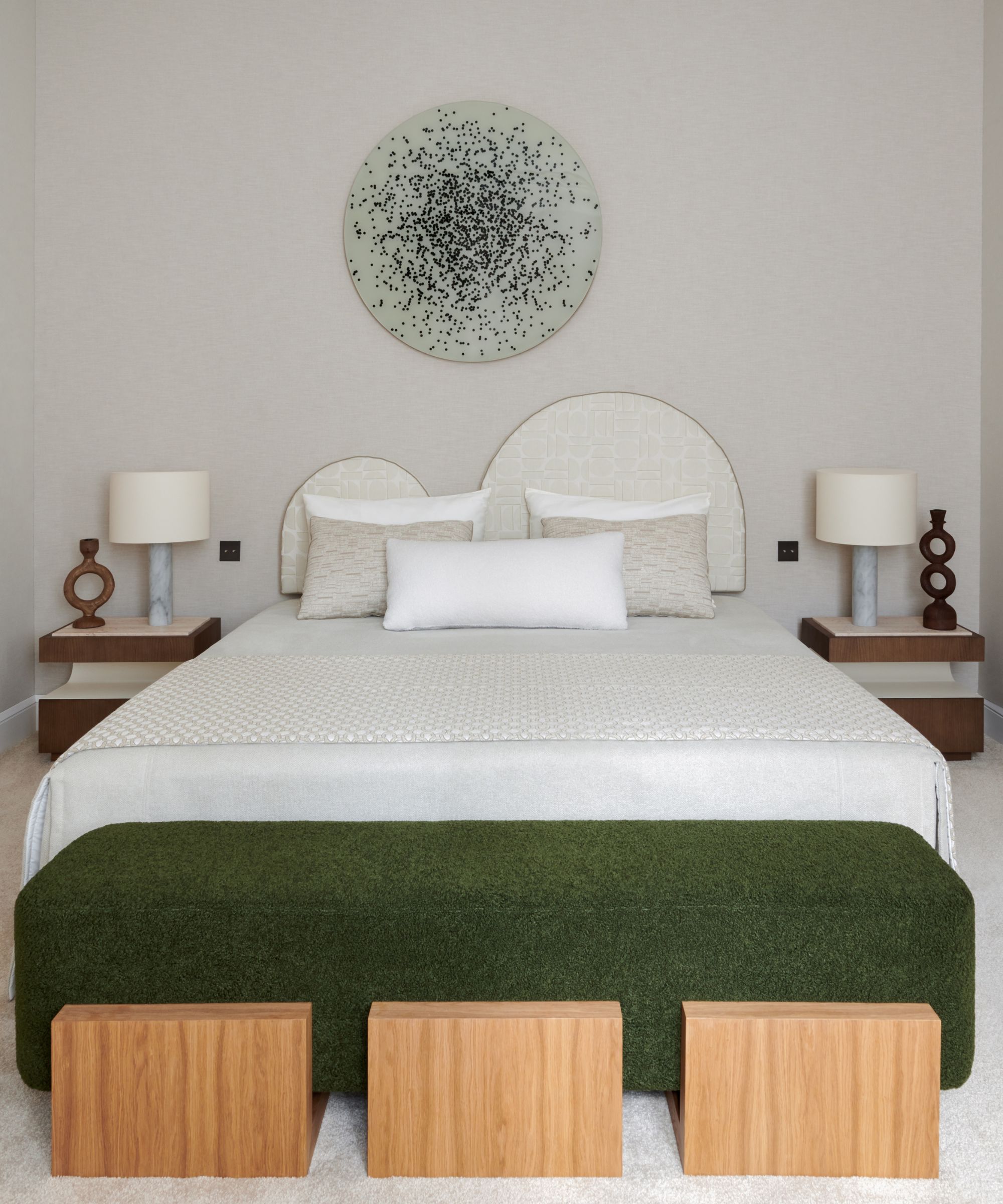
While this sounds a little like we're tearing up the rule book (and throwing it out the window), hear us out. Matching is of course important in any design scheme, much like identifying your interior design style is the starting point to any good home design, but too much of the same runs the risk of everything feeling a little flat and monotonous.
Take decorating with neutrals for example. If you're someone who loves a muted, clean, pared-back space; try adding a pop of unexpected red or a piece of dark wood furniture to create a subtle statement. 'We love contrast,' agrees Ginger Curtis of Urbanology Designs. 'We use it to create drama and impact and to often visually separate spaces.' It's this mismatch that breathes life into a space, inviting exploration and sparking conversation.
Here, we dive into the 5 best interior designer-approved ways to create contrast in your interiors.
1. Contrast with colors
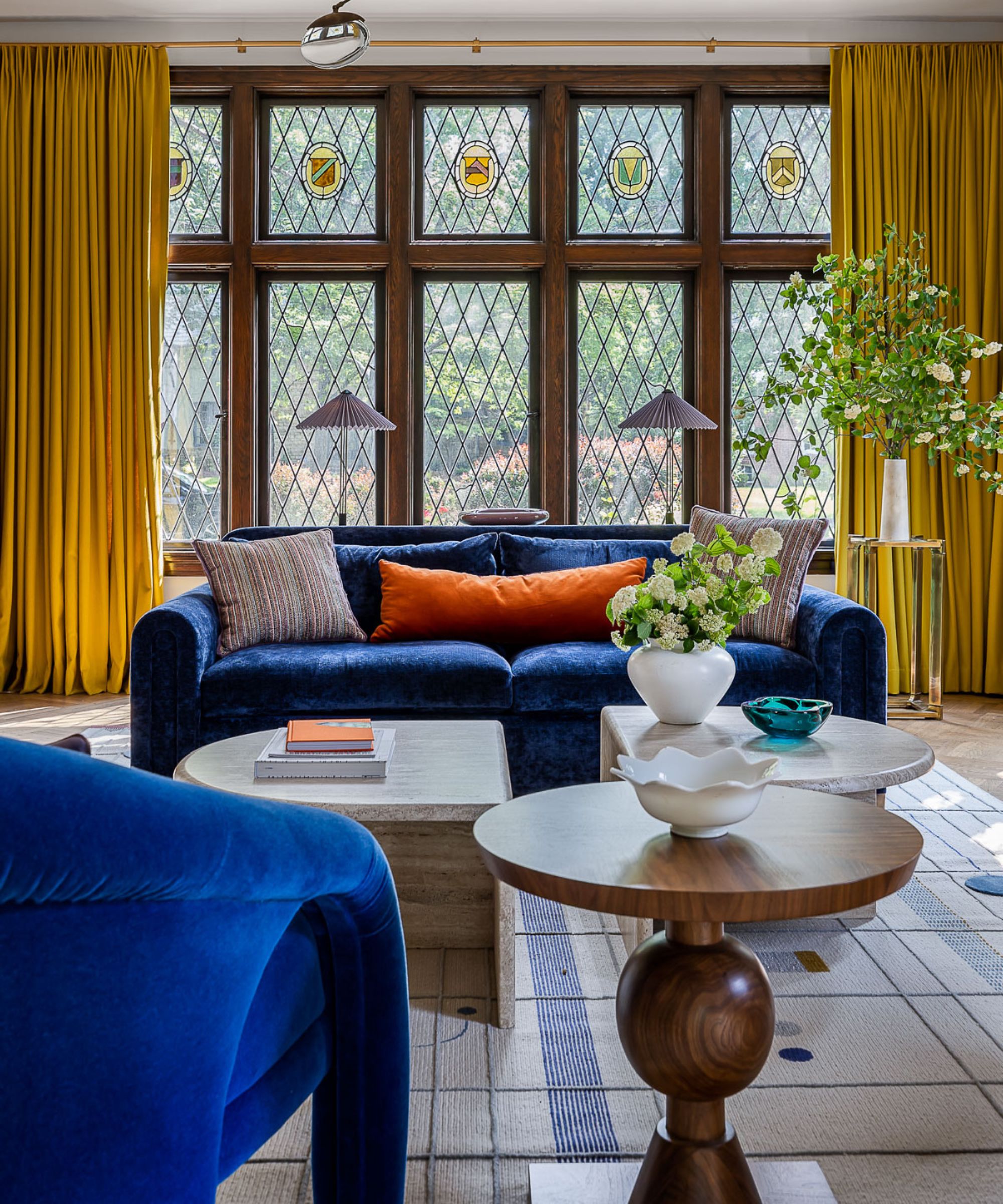
One of the simplest and most effective ways to create contrast in a room is through color. While black and white is a go-to contrasting formula, unexpected color combinations, like the blue and sunshine yellow in the living room designed by Bethany Adams seen above, add sophistication and visual interest to a space.
Design expertise in your inbox – from inspiring decorating ideas and beautiful celebrity homes to practical gardening advice and shopping round-ups.
'Designing with contrast in mind is a great deal of fun and can be accomplished in all sorts of ways,' says Bethany. 'In this Louisville living room [above], I kept the wall color neutral but pulled the highly contrasting colors directly from the stained glass window. Bold yellows and blues set each other off to beautiful effect with a backdrop of nature outside. The key is to avoid busy patterns, clutter, or anything that would make the high-contrast environment overwhelm the senses. It has to feel both stimulating and serene for it to work,' she advises.
While contrast adds excitement, it's important to maintain harmony within the overall scheme – let one color dominate the scheme, while the other should accent it. Pairing bold, saturated tones with soft, muted shades, for example, adds depth without everything feeling too much. Accessories, furnishings, and smaller decor offer ample opportunities to play with contrast and provide a statement.
2. Contrast with textures and materials

The days of perfectly matched furniture sets are long gone. Mixing materials, textures, and finishes will add much more depth and character to your space, so don't be afraid to experiment. Introduce contrasting textures by laying a variety of materials that feel distinct from each other like the wood, marble, mirrored glass, and rough stone used together in the kitchen above. Choosing design elements that feel opposing to each other can achieve a more thoughtful space.
'Incorporating a mix of materials and textures in a scheme will add interest and a tactile richness to your space,' says Mara Rypacek Miller, founder of Industville. 'However, it’s important to ensure balance in the visual weight of textures within a space; heavy textures can serve as focal points, while light textures add highlights.'
'Start by selecting a primary material that aligns with the desired mood of the room, then introduce one or two contrasting elements to add depth and interest without overwhelming the senses,' advises Mara. 'When using multiple textures, consider how the different surfaces and finishes will interact with the light. Shiny metallic details will add a touch of sophistication, contrasting beautifully against the matte finishes of stone countertops or wooden floors, while rattan lighting or a jute rug will bring an earthy, warm tone that complements the coolness of metal and glass.'
3. Contrast with show-stopping pieces

It sounds obvious, but the best use of contrast is done by creating a subtle juxtaposition. Pairing a statement-making item with more subdued surroundings amplifies its impact in the space, just like a pop of color in a neutral space works so well to add flair.
'I aim to seamlessly blend tradition with modernity, achieving contrast through a harmonious interplay of colors, materials, and textures,' explains designer Stéphanie Coutas.'Every element is meticulously chosen to create a dynamic yet elegant space. Moreover, focusing on a warm and neutral color palette allows showstopping features to really stand out, creating a sense of depth and visual interest in every corner.'
Whether it's a sculptural light fixture or vibrant, oversized artwork against a neutral backdrop, pairing statement pieces with understated elements allows them to serve as focal points around which the entire design revolves. Just remember that while these personality pieces command attention, they should still complement the overall design scheme and harmonize with the surrounding elements.
4. Contrast design styles and eras
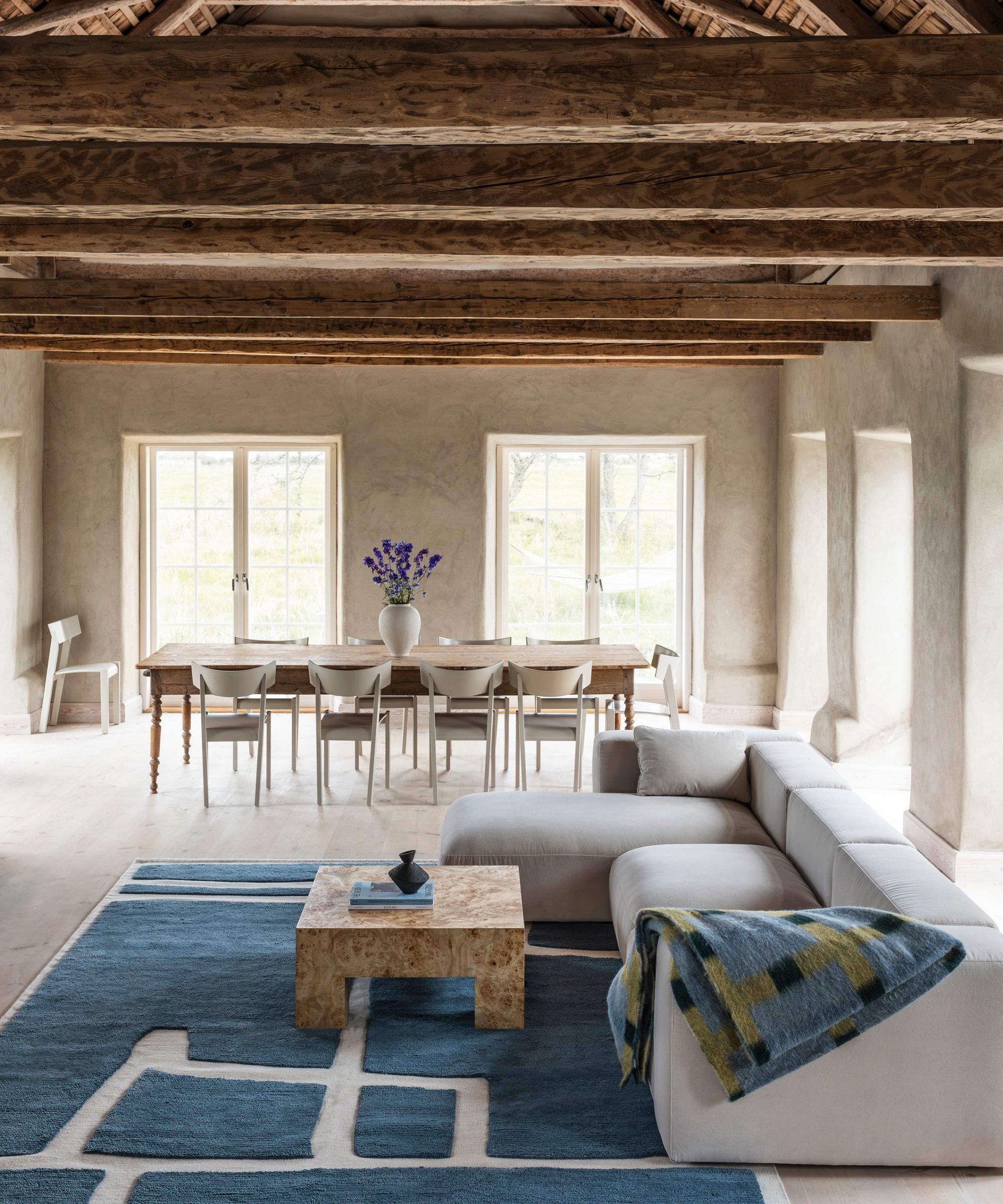
One effective approach to incorporating contrast in your home is through an eclectic mix of design styles and eras. Pairing vintage or antique pieces with more contemporary furnishings creates a dynamic tension that feels uniquely curated and full of personality.
'Great design embraces moments of contrast, be it in color schemes, textures, or in artfully mixing and matching decor styles,' explains designer Kathy Kuo. 'Contrast is also a great way to temper the effect of a particular design style so it doesn't look overwhelming.'
'For example, a coastal decor with a beach aesthetic could look a little gimmicky if you stick with only ocean colors and seashell and driftwood decor; but if you add thoughtful contrast with pops of warmer colors and a strategic placement of furniture and decor that feels a little more in the organic modern vein, you get a much more nuanced look,' adds Kathy.
'I don’t like a room to feel as if it’s a slave to any one era but prefer to choose the best bits from various periods in a considered and balanced way,' agrees Tiffany Duggan, founder of Studio Duggan. 'I adore color, contrast, and a little drama. It’s about the edit.'
Beyond furnishings, architectural elements in your home offer a unique contrast. Like the rustic ceiling beams paired with a sleek modern color palette and furniture, seen above, or exposed brick walls or ornate crown molding in a minimalist loft.
5. Contrast with shapes

Introducing a variety of shapes is a great way to add contrast to a space. Mixing furniture and decor pieces, such as pairing angular seating with curved accent tables or geometric artwork with organic accessories, creates a sense of balance. Straight lines and sharp corners contrast strongly with smooth, rounded edges and irregular curves in the Parisian kitchen above.
'The work of contrasts has always fascinated me, both in the combination of materials, colors, and shapes,' says designer Fabrice Juan. 'In the Bayard project [seen above] for example, there is a certain roundness in the various kitchen furniture elements like the bench seat, table, and island – as well as in the cornices, which are counterbalanced by ultra-graphic stripes on the floor. This perfect geometry is reinforced by the aged mirror fronts of the island, which extend the design while playing with the symmetry of the space and reflect the light from the two large windows.'
Playing with shapes allows you to work with proportions, create focal points and movement that guide the eye through a space. When incorporating a mix of shapes, it's essential to consider scale and proportion. Balancing large-scale shapes with smaller, more intricate ones prevents everything from overwhelming the room.
Contrast is the key the creating visually unique spaces. Whether it's through the strategic use of color to create visual drama, the layering of textures to add tactility, a mix of design styles to evoke a sense of eclecticism, or the interplay of shapes; take this as your cue to start infusing your home with opposites.

Charlotte is the style and trends editor at Homes and Gardens and has been with the team since Christmas 2023. Following a 5 year career in Fashion, she has worked at many women's glossy magazines including Grazia, Stylist, and Hello!, and as Interiors Editor for British heritage department store Liberty. Her role at H&G fuses her love of style with her passion for interior design, and she is currently undergoing her second home renovation - you can follow her journey over on @olbyhome

